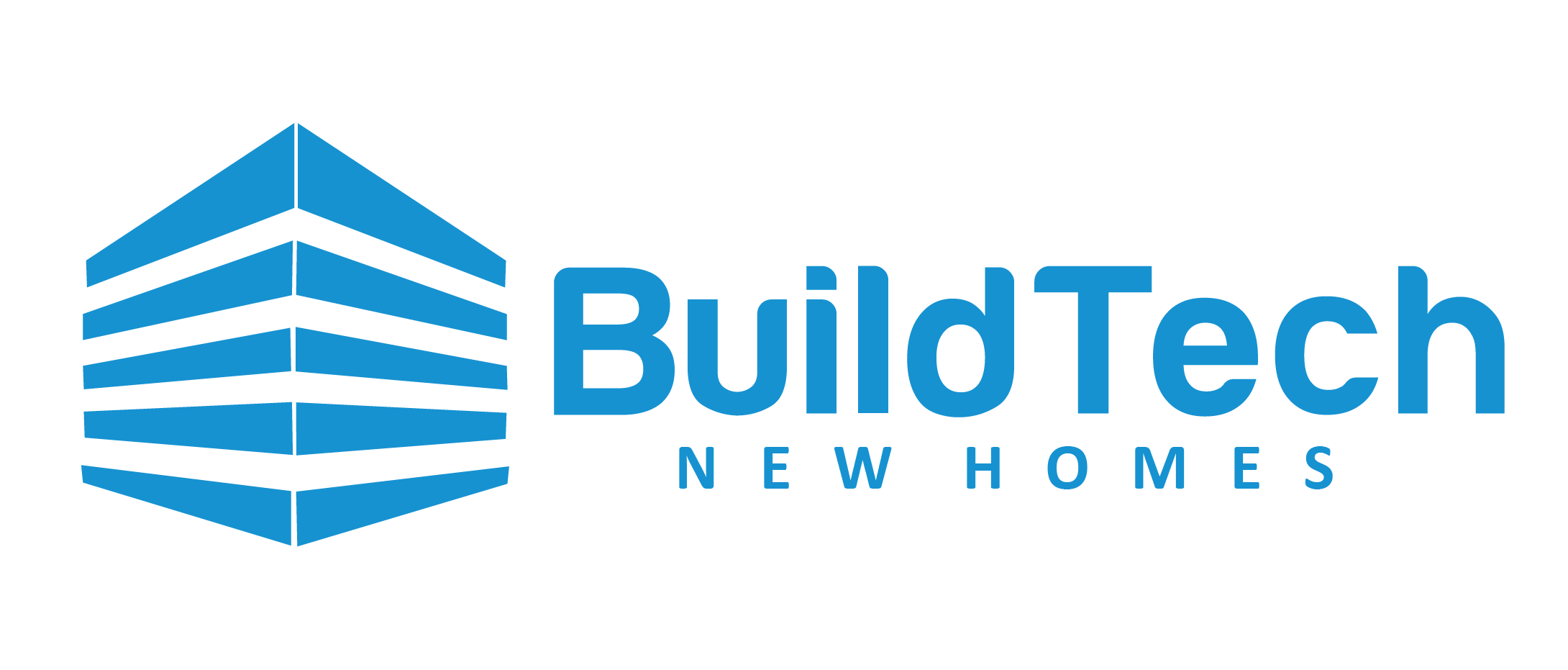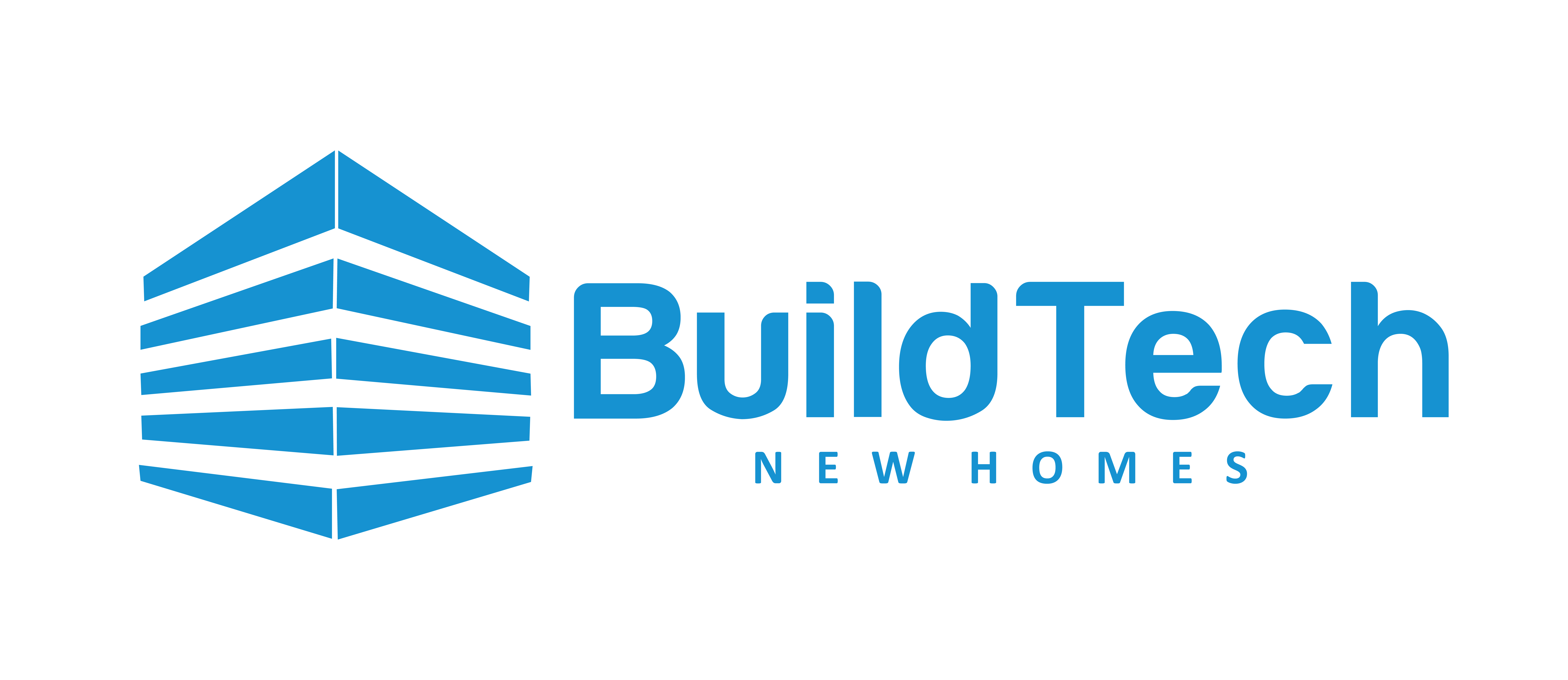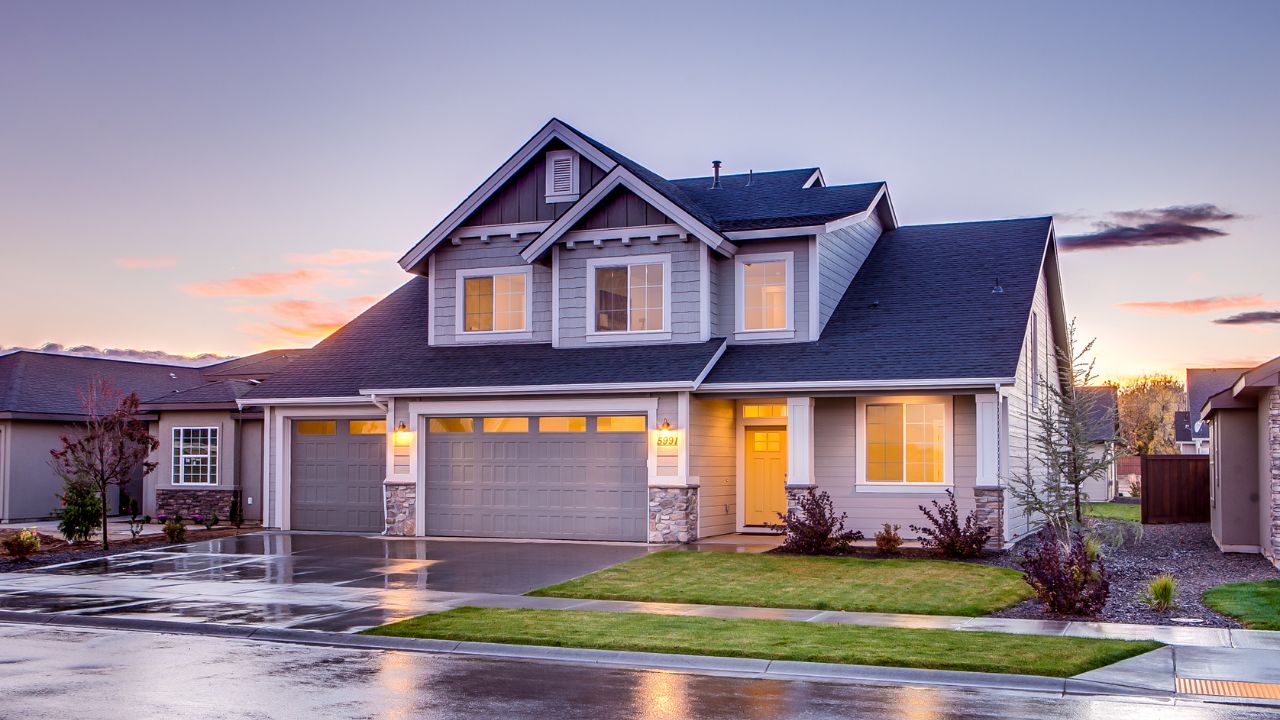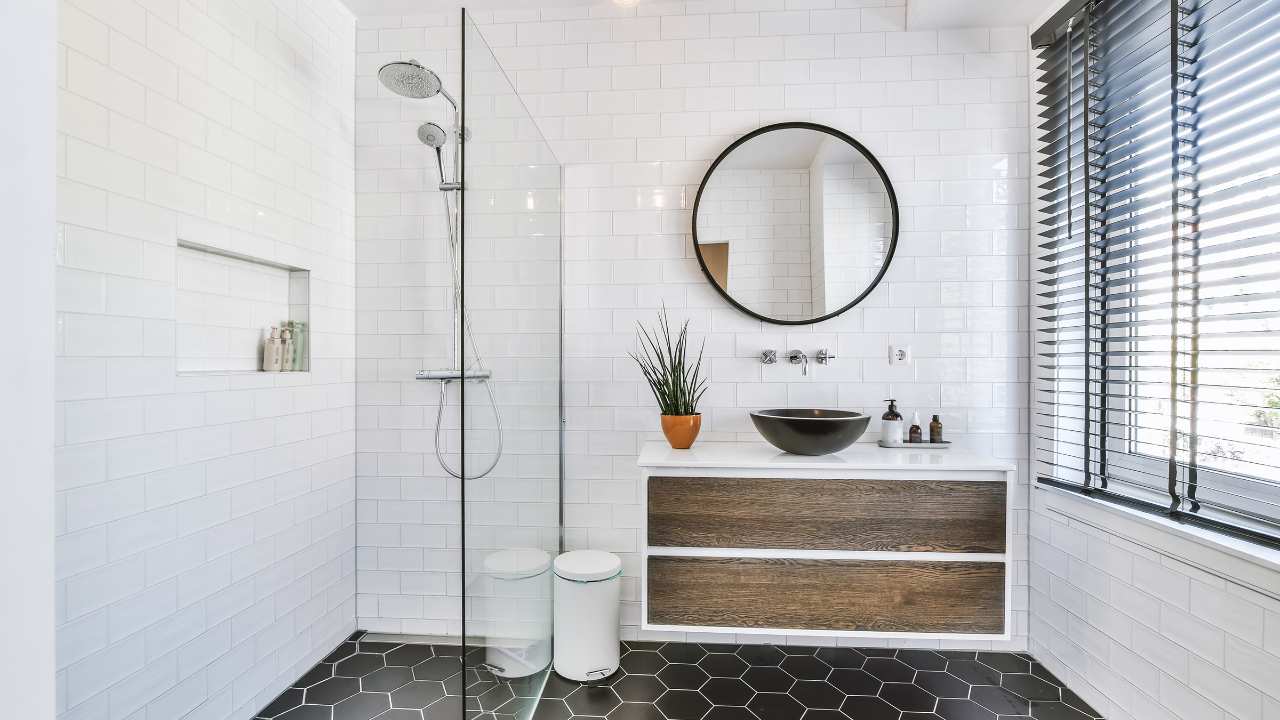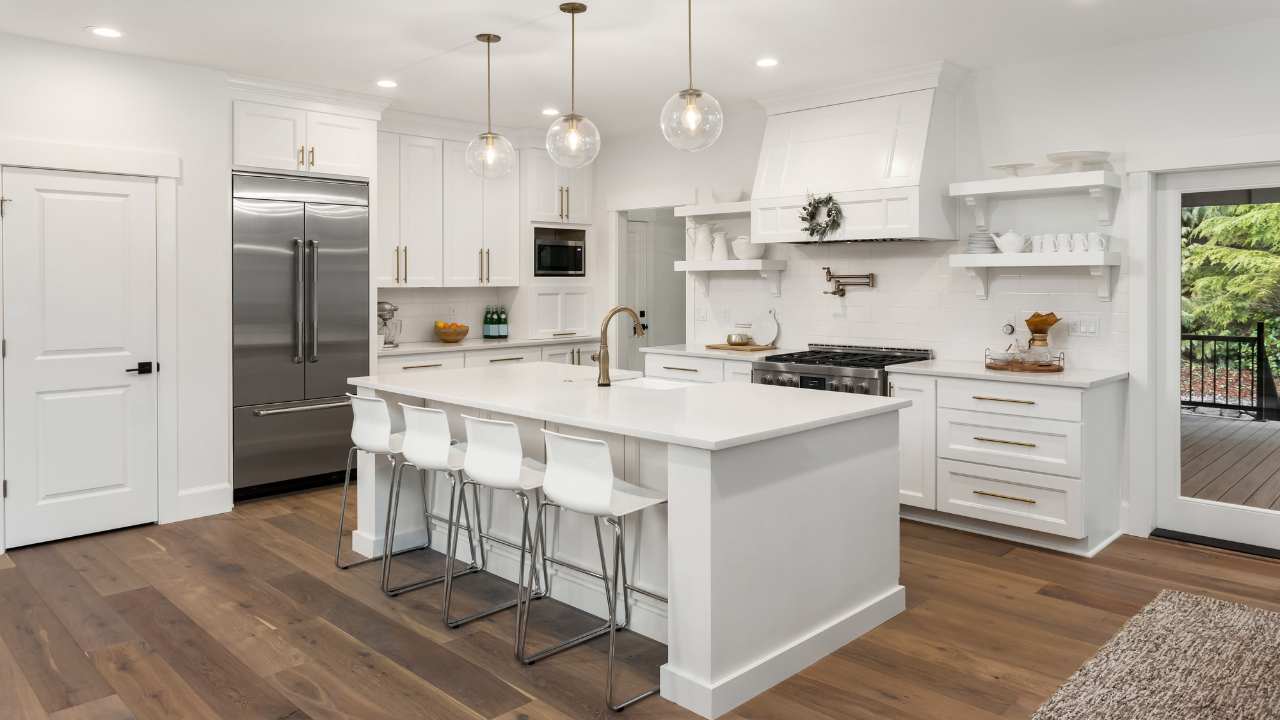Wondering how to build a low Energy home on a budget? Building a low energy home doesn’t have to be expensive. With smart design, efficient insulation, and budget-friendly energy solutions, you can reduce energy consumption without overspending.
Simple choices like optimising natural light, using cost-effective materials, and selecting the right heating systems can make a big difference.
In this guide, we’ll explore practical steps on how to build low energy home on a budget while ensuring long-term savings.
Let’s start!
How to Build Low Energy Home on a Budget?
Creating a home that minimises energy use while keeping costs manageable is achievable with the right approach. Strategic design choices, efficient materials, and smart building techniques can significantly lower energy consumption without exceeding your budget.
By focusing on key aspects of construction and insulation, you can ensure that your home remains comfortable while reducing ongoing energy costs.
Here are 12 essential tips to guide you.
Start with Smart Design
The foundation of an energy-efficient home lies in its design. A well-thought-out layout can take advantage of natural light, optimise space, and reduce unnecessary energy use.
Choosing a compact structure with minimal external surface area helps prevent heat loss, while strategic placement of rooms and windows increases natural heating and cooling.
Investing in good design at the start reduces the need for expensive modifications later.
Use the Sun for Solar Tempering
Maximising solar energy can greatly impact a home’s energy performance. South-facing windows allow sunlight to warm interiors during winter, reducing heating costs. In summer, shading solutions like overhangs or shutters help control excessive heat.
This balance, known as solar tempering, ensures that your home benefits from passive solar heating without the need for costly additional materials.
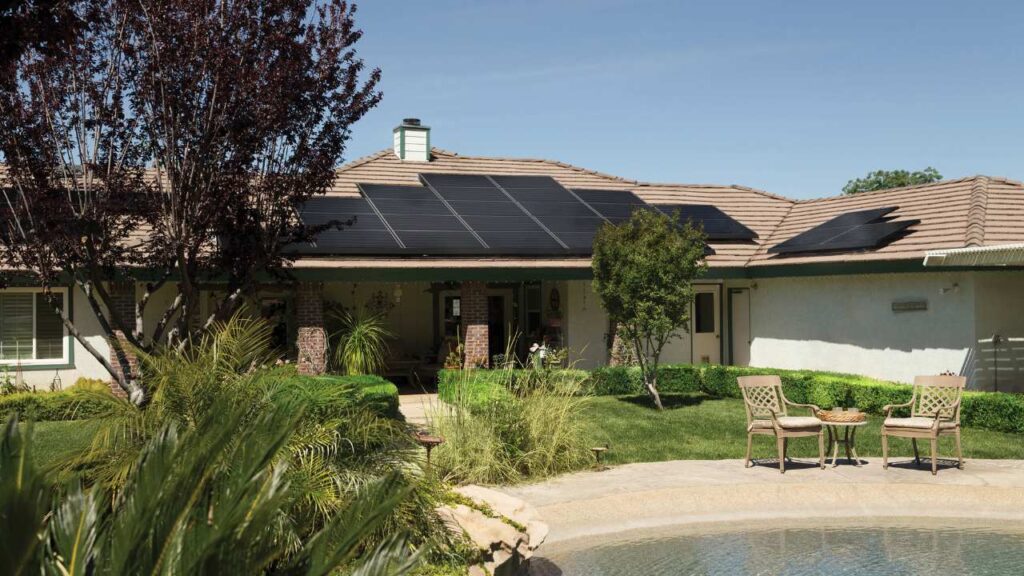
Optimise with Energy Modelling
Energy modelling software can help predict how a home will perform before construction begins. It enables homeowners to test different materials and design choices to find the most cost-effective solutions.
By analysing heat retention, airflow, and insulation performance, adjustments can be made early, preventing costly inefficiencies and ensuring that the home remains low energy without unnecessary spending.
Super-Seal the Building Envelope
A well-sealed home prevents unwanted air leaks, making heating and cooling systems more efficient. Drafts and gaps around doors, windows, and walls can lead to significant energy loss.
Simple yet effective solutions like weatherstripping, high-quality sealants, and airtight construction techniques keep the home’s temperature stable, reducing the reliance on mechanical heating and cooling.
Super-Insulate the Building Envelope
Insulation plays a crucial role in maintaining a home’s energy efficiency. Choosing high-quality insulation materials for walls, floors, and ceilings reduces heat loss in winter and heat gain in summer.
The right insulation strategy ensures that your home retains warmth without excessive heating, making it a key element when looking to build a low energy home on a budget.
Use Highly Insulated Windows and Doors
Windows and doors are among the biggest sources of energy loss in a home. Investing in double or triple-glazed windows with airtight seals can prevent heat transfer and improve comfort levels.
Proper placement and sizing of windows help manage natural light while avoiding unnecessary overheating. Selecting energy-efficient doors with good insulation properties further increases the home’s overall efficiency.
Ensure a Fresh Air Supply with Efficient Ventilation
A well-sealed home needs proper ventilation to maintain indoor air quality. Energy-efficient systems like heat recovery ventilation (HRV) or energy recovery ventilation (ERV) help by removing stale air while conserving heat.
These systems reduce the need for excessive heating, keeping energy costs low while ensuring a comfortable living environment.
Choose an Efficient Heating and Cooling System
Heating and cooling account for a large portion of home energy use. Opting for a high-efficiency system, such as an air-source heat pump, can significantly lower costs.
These systems provide effective temperature control without the high expenses of traditional heating methods, making them a cost-friendly choice for an energy-efficient home.
Use Hot Water Efficiently
Water heating is one of the biggest energy expenses in a home. Selecting an energy-efficient water heater and positioning it close to areas of use reduces heat loss.
Simple measures like using low-flow fixtures and insulating pipes can further cut down on energy waste, making it easier to build a low energy home on a budget.
Install Energy-Efficient Lighting
Switching to LED lighting is a cost-effective way to reduce electricity use. LEDs last longer than traditional bulbs and consume much less energy.
Maximising natural light through strategic window placement also reduces the need for artificial lighting during the day, helping to lower energy bills over time.
Select Energy-Efficient Appliances and Electronics

Household appliances and electronics contribute significantly to energy consumption. Choosing energy-rated appliances helps reduce power use while maintaining performance.
Smart power strips and energy-efficient refrigerators, washing machines, and ovens can make a noticeable difference in long-term energy savings.
Utilise Solar Energy for Power
Solar panels provide one of the best ways to generate clean, low-cost energy. While the upfront cost can be high, incentives and grants can help make installation more affordable.
Using solar power for lighting, heating, and running appliances can significantly reduce reliance on external energy sources, making your home more sustainable and cost-efficient.
Conclusion
Building a low energy home on a budget is achievable with the right approach.
By focusing on smart design, optimising insulation, using energy-efficient ventilation, and selecting cost-effective heating, lighting, and appliances, you can significantly reduce energy consumption while keeping costs manageable. Using solar energy and efficient water heating further improves sustainability and long-term savings.
If you’re ready to bring your energy-efficient home to life, BuildTech New Homes can help. With expert construction services personalised to your needs, we ensure high-quality, budget-friendly builds that prioritise energy efficiency. Contact BuildTech New Homes today to discuss your project and build a sustainable future.
FAQs
What are the most cost-effective strategies for building a low-energy home?
Implementing passive solar design, increasing insulation, and ensuring airtight construction are foundational strategies. These measures minimise energy consumption without significantly increasing construction costs.
How can I use renewable energy sources affordably?
Installing solar panels can be a cost-effective solution, especially with available government incentives. Starting with a small system and expanding as budget allows can make it more manageable.
Are there government grants available for building energy-efficient homes?
Yes, various grants and incentives are available to support energy-efficient construction. It’s advisable to research local and national programs to identify applicable funding opportunities.
How does the size and design of a home affect its energy efficiency?
Compact designs with open floor plans reduce material usage and energy consumption. Strategic window placement maximises natural light and ventilation, increasing efficiency.
What are the long-term financial benefits of investing in energy-efficient features?
While initial costs may be higher, energy-efficient homes typically result in lower utility bills, offering significant savings over time. Increased durability and reduced maintenance also contribute to long-term financial benefits.
How quickly can BuildTech New Homes commence a construction project?
At BuildTech New Homes, we pride ourselves on our responsiveness. Once all necessary approvals are in place, we can typically begin construction within a few weeks, ensuring timely project initiation.
